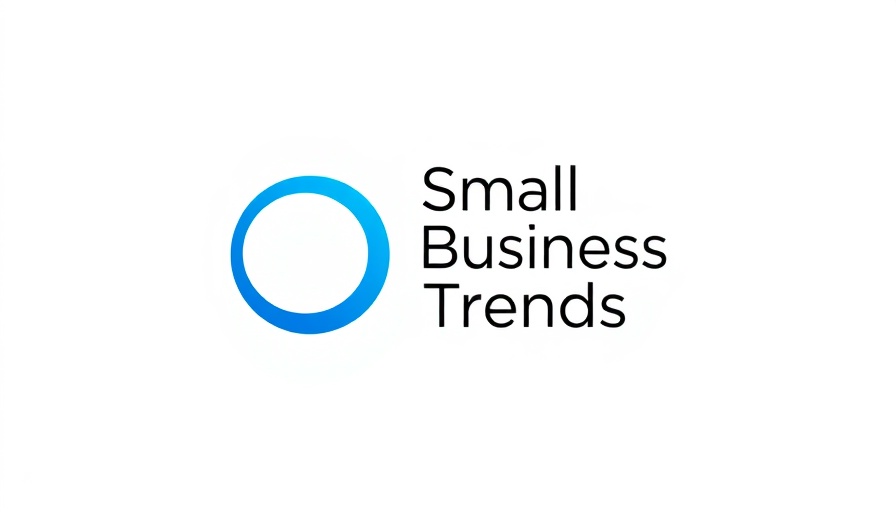
The REPAIR Act: A Catalyst for Independent Auto Repair Shops
In an era where automobiles have become intricately linked to digital technology, the National Federation of Independent Business (NFIB) is rallying behind a pivotal piece of bipartisan legislation known as the Right to Equitable and Professional Auto Industry Repair (REPAIR) Act. Proposed by Rep. Neal Dunn (FL-02), this legislative initiative aims to dismantle barriers that impede independent auto repair shops from accessing essential tools, software, and repair manuals currently monopolized by manufacturers and authorized service centers.
Why Access to Repair Data Matters
According to NFIB, which represents roughly 300,000 small businesses, this act is more than just a legislative measure; it’s a lifeline for many independent repair shops. As vehicle technology advances, the complexity involved in repairs escalates, leaving many shops at a disadvantage. “Americans are essentially driving computers on wheels,” says Andrea McGee, NFIB’s Principal in Foreign Government Relations. The REPAIR Act would ensure independent shops have guaranteed access to necessary repair data, enabling them to keep providing valuable services to their communities.
The Reality of the Current System
Currently, independent shops enlist a “handshake” agreement to obtain repair data, which lacks accountability. This system allows automakers to stall or withhold data, essentially hampering competition and affecting customer choice. The issue is particularly pressing in rural areas where independent repair shops are the only viable option for vehicle maintenance. “Without access to an independent vehicle repair shop, consumers will face higher costs and longer wait times,” explains McGee. In fact, statistics show that independent shops manage over 70% of aftermarket vehicle repairs, underscoring the reliance on their services within local economies.
Impacts on Communities and Local Economies
The REPAIR Act strikes at the heart of economic sustainability in many communities. Independent repair shops often provide more than just short-term fixes; they create jobs, support local suppliers, and foster customer loyalty. In regions where larger dealerships might be hours away, these local shops are not just businesses but a part of the community fabric, helping families and local entrepreneurs keep their vehicles in working order.
Next Steps for the REPAIR Act
With the bill now under consideration, NFIB has expressed its commitment to working with lawmakers to ensure its passage. As things move forward, members of the NFIB may feel a renewed sense of hope as they strive for policies that genuinely support small businesses. The organization’s efforts to rally support are expected to bring more awareness to the needs of independent auto repair shops.
Actionable Insights for Business Owners
For executives, CEOs, and business owners, staying informed about legislative efforts such as the REPAIR Act is crucial. Engaging with your local representatives about the importance of this legislation can help push it through Congress. By advocating for your industry, you not only promote your own business but contribute to the overall health of the local economy.
Conclusion: The Path Forward
The REPAIR Act holds the potential to transform the auto repair landscape, making it more equitable for independent shops. For business owners navigating an ever-evolving marketplace, backing such important legislation might be the very step your community needs. Now is the time for small business owners to unite and voice their support for the REPAIR Act to safeguard their future in the automotive industry.
 Add Row
Add Row  Add
Add 



Write A Comment